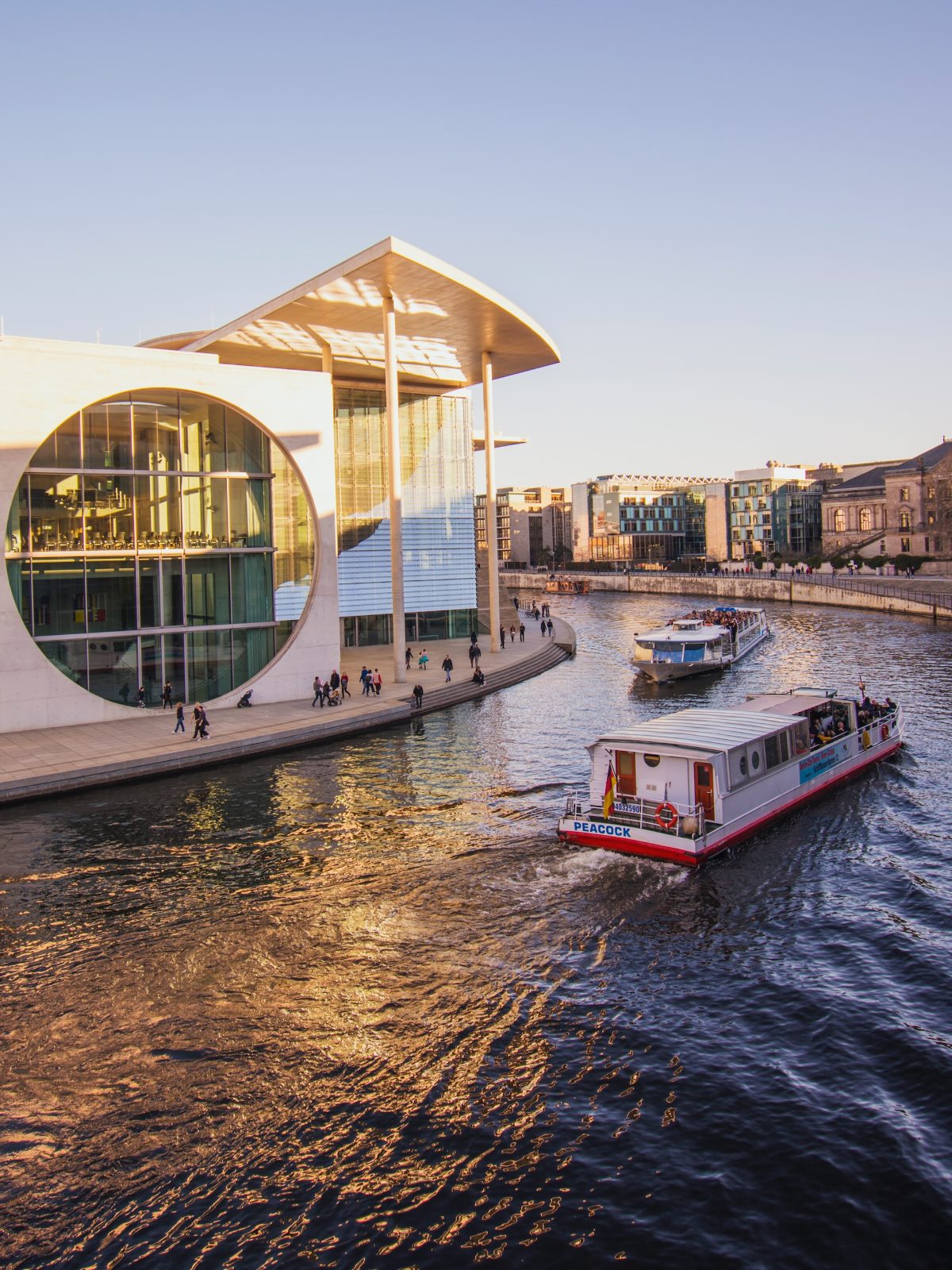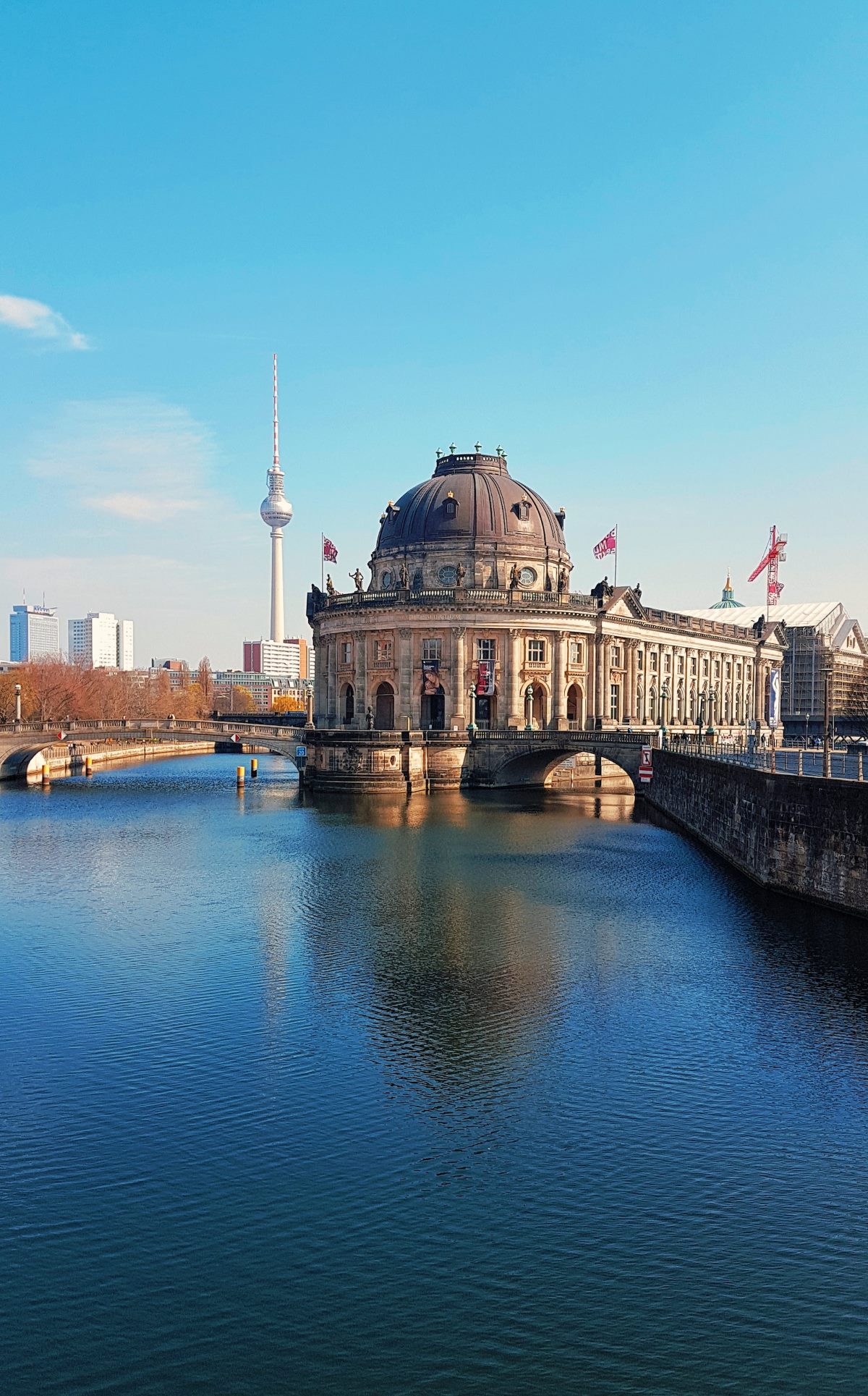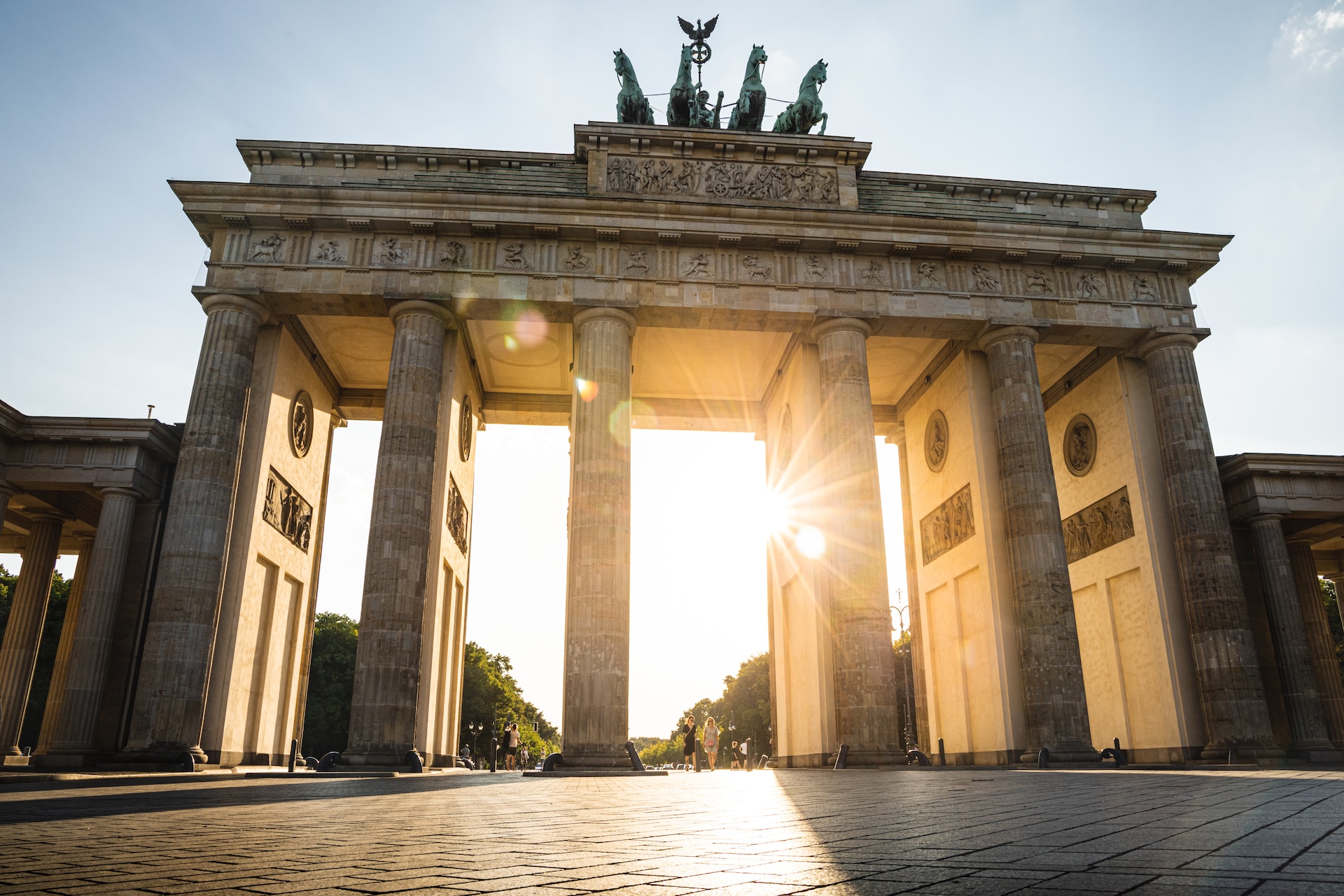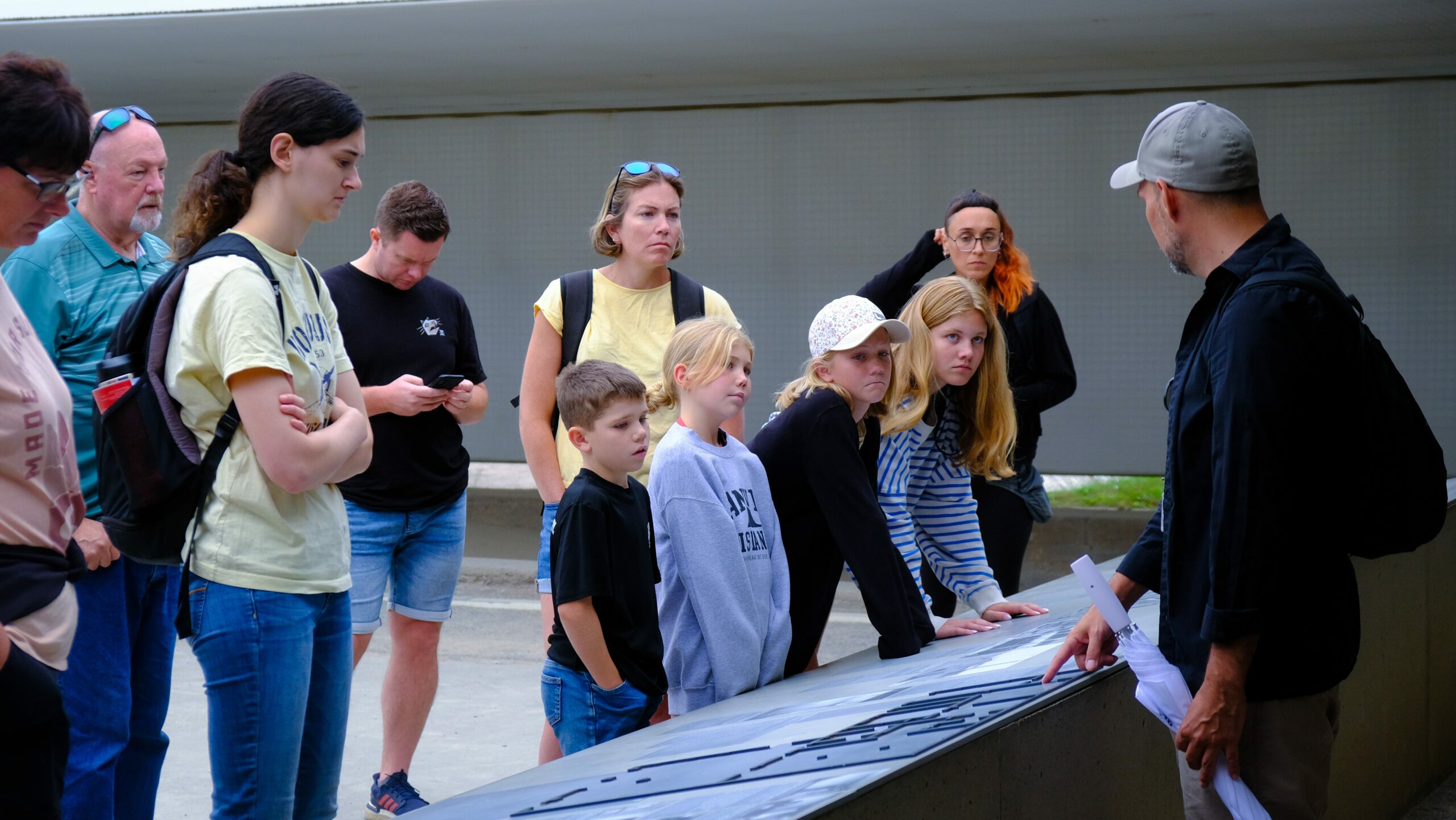Nearly three decades, the city of Berlin was divided into East and West by the Berlin Wall, which was erected on August 13, 1961. This did not mean simply a ‘physical barrier,’ but a sign of a dividing line ideologically and politically in the context of the Cold War. How did the West view this imposing structure that was being erected in the East? While those in the East viewed it as a way to prevent capitalist ideologies from entering their socialist state, Let’s explore:
The West’s Initial Reaction: Shock and Outrage
The Berlin Wall was constructed and news of this reached the West, shocking and did outrage. This blatant violation of human rights and freedom of movement was so criticised by Western leaders. It was so much more than a physical barrier as it was perceived by many. It was meant to be a visual symbol of the iron curtain which separated the Eastern Bloc from the rest of Europe.
Cutting Families and Communities Apart
The idea of the Berlin Wall going up was tangible this sort of division and heartbreak. We became suddenly torn apart in families and friends and people were stranded on one side, they could not see their family, go home or go back to their families. The separation it was forced to implement only increased the Western view of the wall as a negative thing.
The Wall as a Symbol of Oppression
The Berlin Wall stood for oppression and totalitarian control imposed by the Soviet backed German Democratic Republic (GDR) for Westerners. It was a really physical manifestation of the visceral differences between the capitalist West and communist East. The wall reminded of those left under GDR’s regime before as a stark reminder of restrictions and lack of freedom.
The Raising of Tensions and Threat of Escalation
The Berlin Wall brought about much more tension between the East and the West. It served as a constant touchstone of the Cold War conflict, and of the risk escalation. Western leaders understood the extent of it, saw the potential for a miscalculation that could spark a bigger confrontation even to a nuclear conflict.
Checkpoint Charlie: A Symbol of the Cold War
Checkpoint Charlie, one of the main crossing places between East and West in Berlin, has become an emblem of the Berlin Wall. A heavily fortified checkpoint whose military personnel from both the US and Soviet Union would examine each other’s movements. At Checkpoint Charlie it was all about tension and stark difference between the Western and Eastern Sectors.
The Fall of the Wall: A Triumph of Freedom
On November 9, 1989, freedom was seen as having triumphed at the fall of the Berlin Wall and the end of the Cold War. For westerners, the prospect of unification and the break up of that barrier that had stood separating communities, families and friends for so long was greeted with joy.
Reunification of Germany
Germany was reunited again with the fall of the Berlin Wall. It had been this reintegration of a divided nation that brought such huge joy to the West. The remnants of the wall are a blatant reminder of the courage and resilience of those who bestowed freedom in the mammoth Cold War era.
The Legacy of the Berlin Wall
Its physical existence is only part of the legacy of the Berlin Wall. It reminds us of consequences of division and ever present human hope of unity, freedom. Now it is a symbol of triumph to the forces of hope over oppression, and the power of the human spirit.
Lessons Learned
It’s the Berlin Wall story that shows us that in the case of ideological differences it can go down to the level of a person living his life and in the level of political landscape. It brings to mind the fact that we have to appreciate freedom, human rights and encourage harmony between nations and peoples.
Celebrating 30 Years of Unity
This year was marked the 30th anniversary of the fall of the Berlin Wall. This moment in time allowed for reminiscing on the divides of the past and a start in moving forward towards a more unified and peaceful future.
Conclusion
During the Cold War era, Berlin Wall served as stark divide between East and West. To the West it was an oppressive symbol for a regime that held them in check and separated families. The fall and its joy brought great joy, symbolizing Germany unification. Today, the remnants of the wall serve as a powerful reminder of the enduring human spirit and the importance of unity.
Table of Contents




